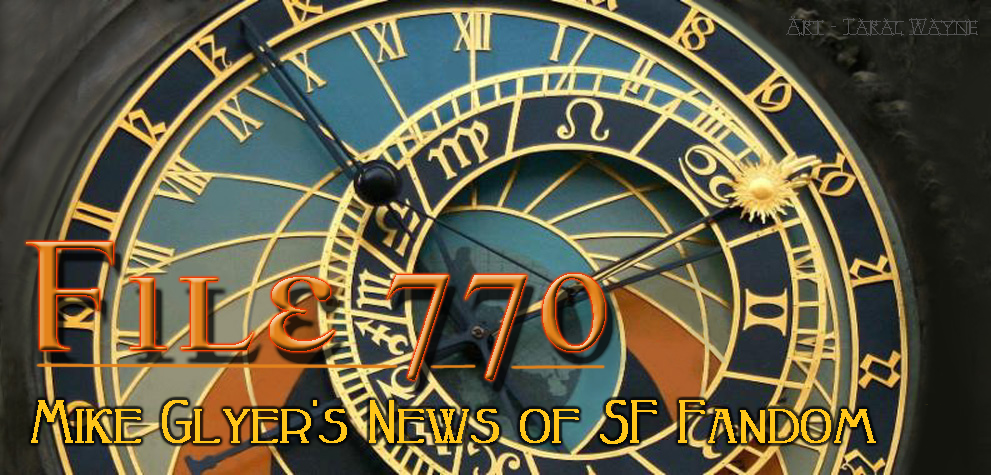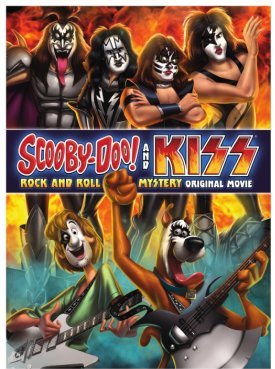By Bruce Schneier: Jameson Quinn and I analyzed the E Pluribus Hugo (EPH) voting system, proposed as a replacement for the current Approval Voting system for the Hugo nominations ballot. (This is an academic paper; the Hugo administrators will be publishing their own analysis, more targeted to the WSFS Business Meeting, in the coming weeks.) We analyzed EPH with both actual and simulated voting data, and this is what we found.
If EPH had been used last year in the 2015 Hugo nominations process, then…
The number of slate nominees would have been reduced by 1 in 6 categories, and by 2 in 2 categories, leaving no category without at least one non-slate nominee.
That doesn’t seem like very much. A reasonable question to ask is why doesn’t it reduce the number more. The answer is simply that the slate was powerful last year.
The data demonstrates the power of the Puppies. The category Best Novelette provides a good example. This category had 1044 voters, distributed over 149 different works with 3 or more votes. Of these voters, around 300 (29%) voted for more Puppy-slate works than non-Puppy ones, and about half of those (14%) voted for only Puppy-slate works. These numbers are also roughly typical. The other 71% of the ballots included under 3% with votes for any Puppy work (this is relatively low, but not anomalously so, compared to other categories).
Despite being a majority, the non-Puppy voters spread their votes more thinly; only 24% of them voted for any of the top 5 non-Puppy works. This meant that 4 of the 5 nominees would have been from the Puppy slate under SDV-LPE or SDV.
(SDV-LPE stands for “Single Divisible Vote – Least Popular Elimination,” the academic name for this voting system. SDV is “Single Divisible Vote,” a long-standing and well-understood voting system.)
To further explore this, we took the actual 2014 Hugo nominations data from Loncon 3 and created a fake slate, then analyzed how it affected the outcome at different percentages of the vote totals:
In Figure 1, we assume perfectly correlated bloc voters. They vote in lockstep (with minimal exceptions to prevent ties), and their five nominations are completely disjoint from the other nominations. As you can see, both SDV-LPE and SDV reduce the power of the bloc voters considerably. Under AV, the voting bloc reliably nominates 3 candidates when they make up 10.5% of the voters, 4 candidates when they make up 12.5%, and 5 when they make up 19%. Under SDV-LPE, they need to be 26% of voters to reliably nominate 3 candidates, 36.5% to reliably nominate 4, and 54% to reliably nominate 5….
Figure 2 simulates a more realistic voting bloc. We sample the actual behavior of the bloc voters in the 2015 Hugo nominations election, and add them to the actual 2014 nominations data. For the purposes of this simulation, we define bloc voters as people who voted for more Puppy candidates than non-Puppy candidates. In this case, the actual bloc voters did not vote in lockstep: some voted for a few members of the slate, and some combined slate nominations with non-slate nominations. For the purposes of the simulation, when they voted for the nth most popular non-Puppy candidate in 2015, we imputed that into a vote for the nth most popular non-Puppy candidate in 2014. In this case, SDV-LPE and SDV reduce the power of those voting blocs even further. Under AV, the voting bloc reliably nominates 3 candidates with 14% of the voters, 4 candidates with 17% of the voters, and 5 with 39%. Under SDV-LPE, they need to make up 27.5% to nominate 3 candidates, 38% to nominate 4, and 69.5% to nominate 5….
The upshot of all this is that EPH cannot save the Hugos from slate voting. It reduces the power of slates by about one candidate. To reduce the power of slates further, it needs to be augmented with increased voting by non-slate voters.
There is one further change in the voting system that we could make, and we discuss it in the paper. This is a modification of EPH, but would — for the slate percentages we’ve been seeing — reduce their power by about one additional candidate. So if a slate would get 5 candidates under the current system and 4 under SDV-LPE (aka EPH), it would get 3 under what we’ve called SDV-LPE-SL. Yes, we know it’s another change that would require another vote and another year to ratify. Yes, we know we should have proposed this last year. But we had to work with the actual data before optimizing that particular parameter.
Basically, we use a system of weighing divisible votes named after the French mathematician André Sainte-Laguë, who introduced it in France in 1910. In EPH, your single vote is divided among the surviving nominees. So if you have two nominees who have not yet been eliminated, each gets half of your vote. If three of your nominees have not yet been eliminated, each gets 1/3 of your vote. And so on. The Sainte-Laguë system has larger divisors. If you have two nominees who have not yet been eliminated, each gets 1/3 of your vote. If three of your nominees have not yet been eliminated, each gets 1/5 of your vote. Each of four get 1/7; each of five get 1/9. This may sound arbitrary, but there’s well over a hundred years of voting theory supporting these weights and the results are still proportional.
Implementing SDV-LPE-SL using the actual 2015 Hugo data:
SDV-LPE-SL comes even closer to giving slate voters a proportional share, with 7 fewer slate nominees overall, and only 1 category without a choice between at least 2 non-slate nominees.
For the perfectly correlated voting bloc simulation:
Under SDV-LPE, they need to be 26% of voters to reliably nominate 3 candidates, 36.5% to reliably nominate 4, and 54% to reliably nominate 5. Under SDV-LPE-SL, they need to be 35% for 3, 49% for 4, and 66% for 5.
And for the more realistic voting bloc simulation:
Under SDV-LPE-SL, they need 36% for 3, 49% for 4, and over 70% for 5.
That’s a big difference.
Here’s our paper. It’s academic, so it refers to the voting system by its academic name. It spends a lot of time discussing the motivation behind the new voting system, and puts it in context with other voting systems. Then it describes and analyzes both SDV-LPE and SDV-LPE-SL.

